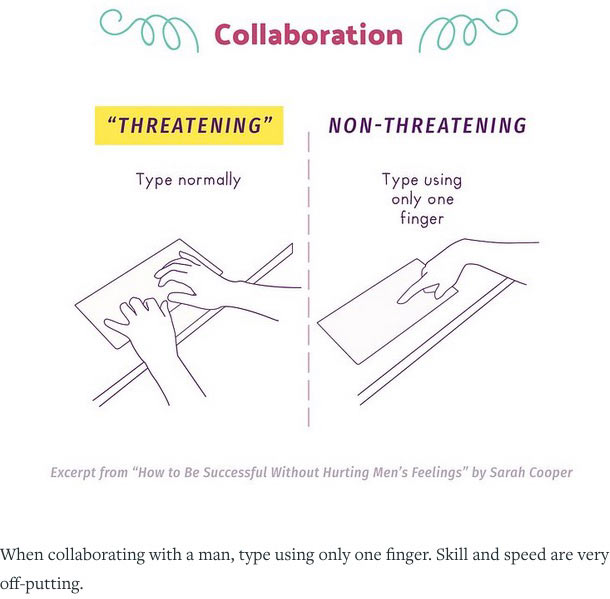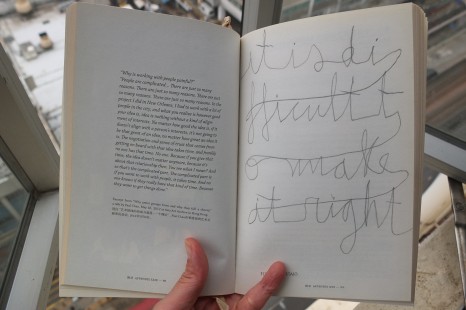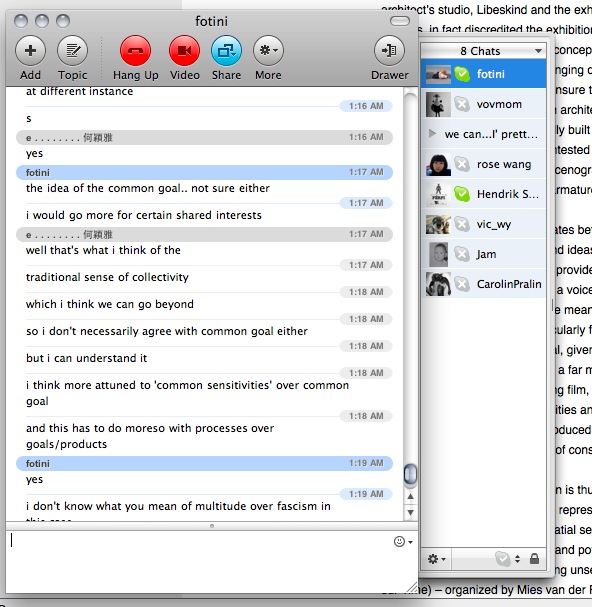the other side of the page from “it is difficult to make it right”
“Why is working with people painful?”
People are complicated… There are just so many reasons. There are just so many reasons. There are just so many reasons. There are just so many reasons. In the project I did in New Orleans, I had to work with a lot of people in the city, and what you realize is however good your idea is, idea is nothing without a kind of alignment of interests. No matter how good the idea is, if it doesn’t align with a person’s interests, it’s not going to be that great of an idea, no matter how great an idea it is. The negotiation and sense of trust that comes from getting on board with that idea takes time, and frankly no one has that time. No one. Because if you give that time, the idea doesn’t matter anymore, because it’s about the relationship then. You see what I mean? And so that’s the complicated part. The complicated part is that if you want to work with people, it takes time. And no one knows if they really have that kind of time. Because they want to get things done.
— excerpt from “Why artist groups form and why they fail: a theory”, talk by Paul CHAN, 18 May 2012 at Asia Art Archive, Hong Kong (printed in 《附錄 Appendix》, published by 家作坊 HomeShop, 2013)
Mapping the Movement
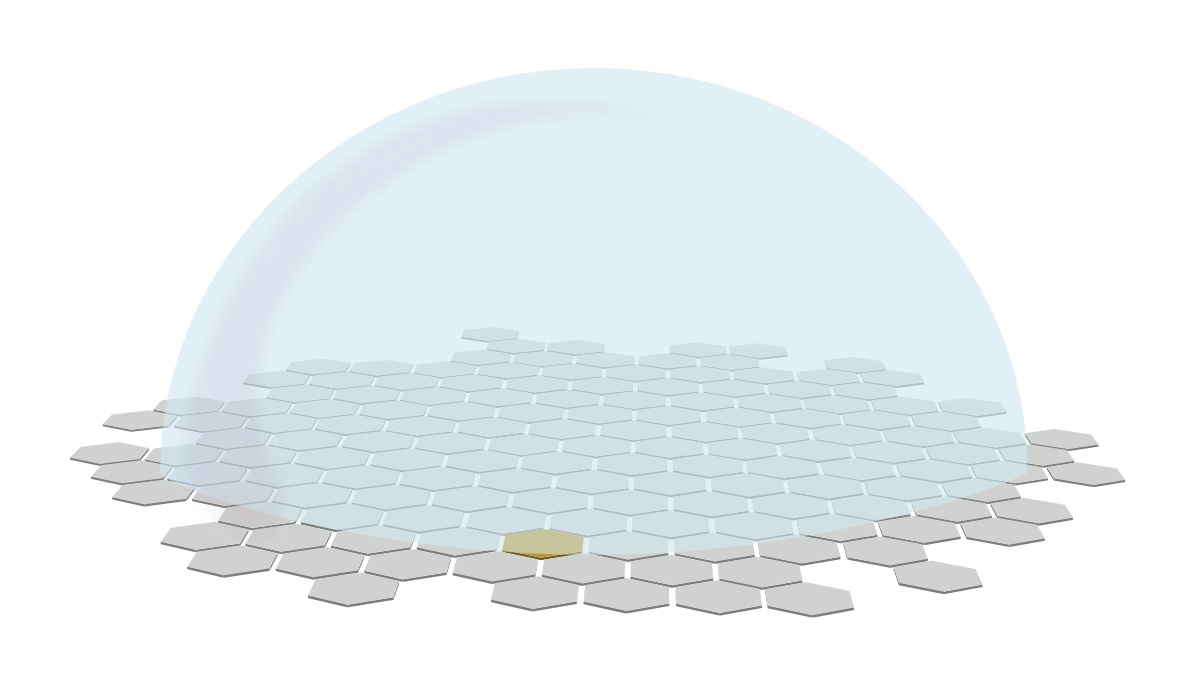
“looking to express and advance an understanding of how individuals and groups are working together as part of the Occupy Wall Street movement through visual language.”
http://mappingthemovement.tumblr.com/
Michael in a tuanjie space
From Michael EDDY’s personal statement at the collective online platform www.tuanjiespace.com (tuanjie means ‘to unite’ in Chinese):
For a number of years I have been exploring the division between working as an individual artist and in collaboration with others; this means neither fixating on either being a collective or an individual, nor on discarding these terms and their conventional opposition. What I like about working with others is that it leads to places, rhythms and discussions I may otherwise not have attempted; but working with others can be frustrating when I find myself waiting to act, or prioritizing rational communication. A collaboration can form a primary public space for experimentation, there can be fights with good friends, there can be autonomy; but I appreciate curiosity as much as strategy. Collective work can also complicate how authorship is assigned; but I am not certain what value or lack authorship represents in itself, aside from its being constructed.
I am not so fond of geniuses; but am I inspired by networkers? The individual is free to choose; but they are composed of fragments of others, and who can say when we are affected by an intense personal view of another that this is not a social phenomenon? Should this be interpreted as rhetoric? In other words, I am interested in how we make decisions, and how they are made for us, and what happens next, after that.
It’s perhaps a pity or perhaps amazing how one can feel so akin to another in abstractions and yet not have reached those moments in concrete relation. Such ‘concreteness’ is perhaps the void in relation anyhow, what we never would have wanted, or just inasmuch as we are unable to define ‘affect’. This is also perhaps the very same attraction to the idea of ‘collaboration’, or maybe even —— ‘collectivity’.
thinking en view
two things from the internet of things
neighbourhood talk(s) and the street of shared things. i like. very analogue praxis, but with the mentality and knowledge platform of networks, “everyday objects that become ‘smart’ through existing technology”. this is renewal on the level of things we’ve been discussing lately, threads of things to be continued, expanded upon. but yes, “it is easy to write about collaboration close to home, but how to start?”
Howard Rheingold
from TED talks… Howard Rheingold talks about the coming world of collaboration, participatory media and collective action — and how Wikipedia is really an outgrowth of our natural human instinct to work as a group.
It’s a nice quick historical overview of collaboration as linked to communication and technology. At the end of course he reaches the contemporary age of open-source networks and prompting us for a wealth of the commons, as related to competition. Perhaps naîve of me, but i would rather not think like Starbucks or Apple or even Google necessarily as models for how we can “use” more open systems of information to achieve a bigger buck. Companies like those doing so is significant, of course, but allowing customer participation in the form of demanding a different fat-free milk offering (see MyStarbucksIdea), i wouldn’t exactly call an innovative open system. But on the other hand, I see my mind changing as I type, I suppose we don’t have to see competition in so aggressive of terms as smashing down the others as Rheingold references early on in his talk. Giant corporations like those trying to investigate more open ways of using and sharing information is important as to see the slowly changing mentality of openness as opposed to greater secrecy and privacy as a means to succeed in a coming-of-age post-capitalist society. It’s simply that I suppose there are lots of smaller scale, local networks that I find much more interesting and innovative in that regard (like bricolabs and many that have been posted on this list in the past).
An interesting database that Howard Rheingold began: http://www.cooperationcommons.com/
Paul Bennett: two thoughts from his Soapbox
Thoughts from design and innovation firm IDEO’s Paul Bennett, recently published in the Independent. Read the full article here.
Contribution is the new consumption
Technology has, whether we like it or not, given everyone the chance to contribute to everything – positively and negatively. Deny this at your peril. I had a client say to me recently: “One click of a mouse can take us down these days; we’d better walk the talk here.” This means that the days of creating in a void, whether it be a product or service, and then simply “selling” the outcome are officially over. The new norm involves asking people for ideas and help, and soliciting consumers to really be your partner in creating and solving your problems (and theirs).
Pie is the new slice
Trying to “own” an idea or domain is getting harder and harder to do in this age of the open-sourced, the co-created, the transparent. So why try, when there is the opportunity to collaborate with others and create something bigger (and often better) in the process? Remember when the phrase “Plays well with others” was on your school report? Time to reinstate that in business.
Look to collaborate with people who can do what you can’t (or who can do it better), share openly wherever possible, and see what happens. Look at relentlessly collaborative brands such as Philips or Wikipedia to see what I mean.
You may say: “This all sounds great, but I have targets to meet, sales to make, costs to cut.” My response is to think of yourself as having two levers to pull: your “Now” business, which is all about having the answers, about making the present make sense, keeping things going, not rocking the boat; and your “Now what?” business, which is all about looking toward the future, asking new questions, pushing the boat out. Time to get out there. Bigger fish to fry.
Collaborative Futures
“Collaboration can be so strong it forces hard boundaries. The boundaries can intentionally or unintentionally exclude the possibility to extend the collaboration. Potentially conflict can also occur at these borders.”
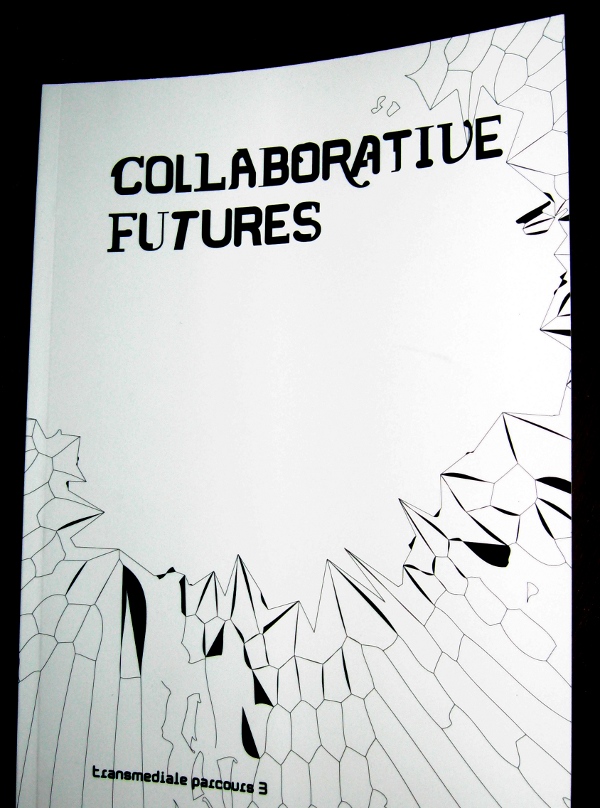
For this years’ Transmediale Festival, the F/LOSS Manuals project took up the challenge to write, edit and publish a collaborative publication in 5 days while test driving the alpha-release of their booki platform.
This book was written over 18-22 Jan 2010 during a Book Sprint in Berlin. 7 people (5 writers, 1 programmer and 1 facilitator) gathered to collaborate and produce a book in 5 days with no prior preparation and with the only guiding light being the title ‘Collaborative Futures’. The result is many thoughts and observations on collaborative practice, happily sticking its tongue out at the ‘pleasant social terminology’ of Web 2.0. Read more at the F/LOSS Manuals site.
All text released under a Creative Commons Attribution-Share Alike license.
The book can be read here.
> Download full PDF (not fully compatible with Mac OS X Preview)
> Download .epub
The distance between our minds and thoughts equals the distance between our words and mouths
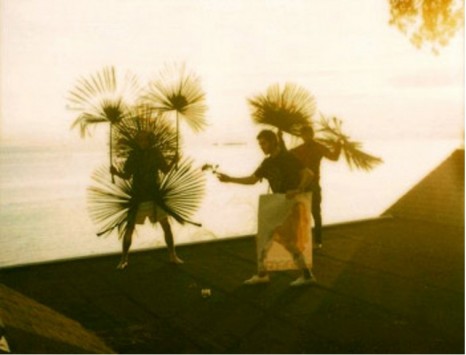
BANFF Centre Thematic Residencies, No. 11
“The distance between our minds and thoughts equals the distance between our words and mouths“, led by Jan Verwoert
Program dates
September 13, 2010 – October 29, 2010
Course description
If you write one word, you can also write two. When you make many works by yourself, you can easily do some with others. Since solitude is what you treasure most, that solitude is what you like to share with those, who feel the same. At the heart of an artistic subjectivity of any depth, there is a collectivity of discordant voices. Conversely, a collective capable of free creative action, will form itself, unbound from ideologies, most likely through sharing subjectivity: in an act of sharing what cannot be shared, but only performed in a mode of synchronous asynchronicity. This is about acts, ideas and emotions that constitute community in a different manner, through enacted difference, through the motion of standing apart together.
This is the legacy of Fluxus. How do we revive it? Through composing and decomposing images or sounds, through organizing and disorganizing performances or choreographies, through putting together and ripping apart words and verses: by ourselves together with others, in studio workshops, public studies, indoors outdoors.
